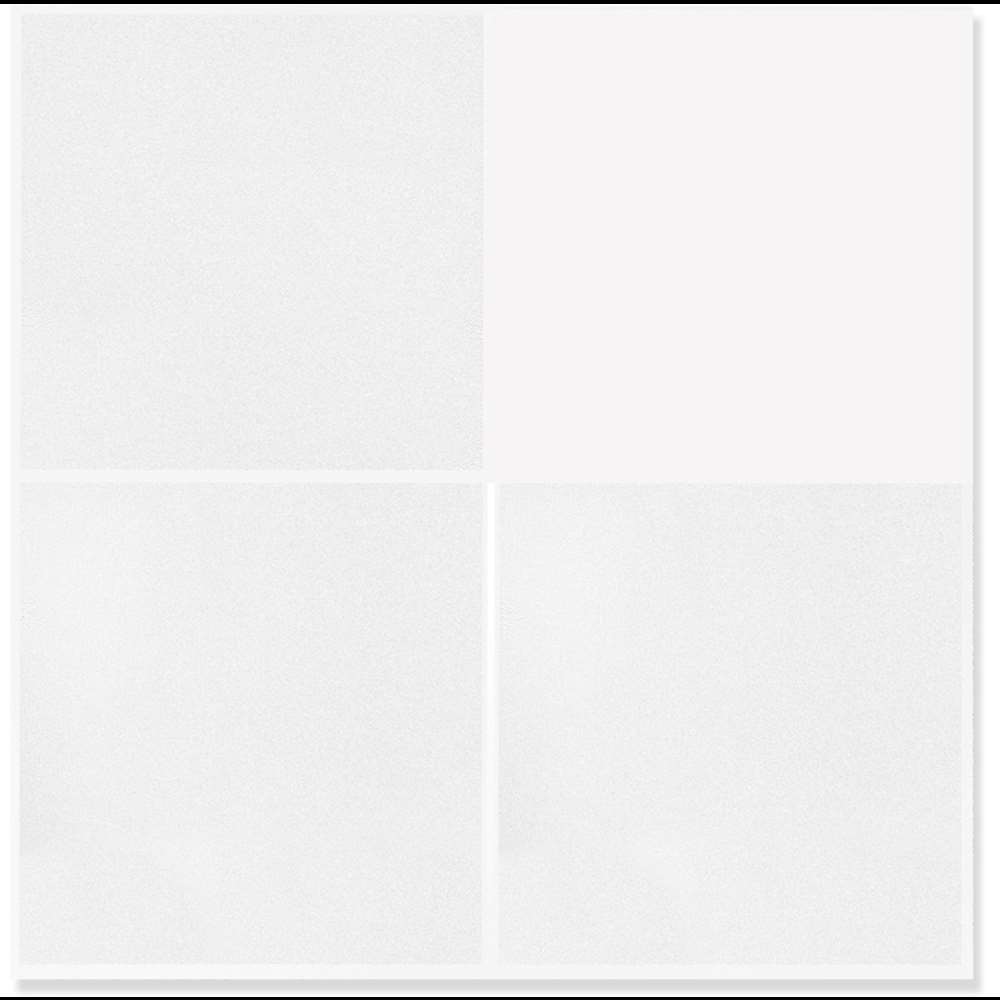-
Interview
1. What are the foundations of your research (Art Identity)?
In 1962 I entered the studio of the German architect Konrad Wachsmann, contemporary and in collaboration with Walter Gropius. So right from the start structural research was essential in my works. Perhaps they bordered on optical research but in reality I have always fought against kinetics, I was looking for the structure. In 1964 my relationship with the La Polena gallery in Genoa began. Right from the start I worked in the "Serie A" of art. Subsequently, I met the German painter Winfred Gaul, through whom I began to frequent the German and Dutch artistic environment. In 1971 I was invited to participate in the group show "Concrete Art" curated by Klaus Honnef. Together with the latter and other artists, the Analytical trend was born, a new re-foundation of the pictorial language. Painting never dies, it is reborn from its ashes and Analytical art clearly distinguishes itself from American Minimal Art. Therefore, the analysis of the operative means and pictorial processes was important. The dot, the line, the sign... It was the period of my "white" paintings. The canvas started prepared in black and then I applied several coats of white acrylic mixed with quartz powder using a painter's roller. Here the gesture became anonymous and mechanical, ever more essential. Now, I dedicate myself to spiritual research from which works inspired by Zen Buddhism, Taoism and Sufism are born. I live in a kind of self-isolation and solitude. My works are imbued with symbolic meanings and the support of the canvas becomes an object of meditation.
2. Who are the artists who have guided you in your research?
From Mondrian to Fontana, from Burri to Rothko.
3. Define yourself as a human being using three adjectives
Indefinable, indefinable and indefinable.
I don't know myself yet, I try very hard to do it. Sometimes I'm calm, sometimes I'm agitated… I'm not a flat wave but crazy! So there is not something always consistent in my character. There is a beautiful quote: “Know yourself and you will know your Lord”. Personally, I have failed to know myself or the Lord.
4. According to your vision, where is contemporary art going and where would you like it to go?
How much I love you for this question! She is heading towards an abyss of self-destruction. The current figure of art is mediocrity, the value of the artist is dictated by the laws of the market and I say this even if unfortunately I am part of it but I prefer a type of art considered "niche", farther from these logics. This is where I see hope. After the "Golden Age", there is always the "Iron Age". The latter is the period we are living in now, where all values are crumbling. Art will resurrect as soon as this era ends. And hopefully as soon as possible!
TWO WORDS ABOUT HIS WORKS
Gianfranco Zappettini attends the Academy of Fine Arts in Carrara. In 1962 he entered the studio of the German architect Konrad Wachsmann in Genoa. These influences his painting, orienting it towards a research of a structural type. Zappettini acquires fundamental aptitudes for his future artistic research: formal and expressive precision, the importance of tradition and experimentation. In 1964 he began his collaboration with the Galleria La Polena in Genoa. In 1968 the German painter Winfred Gaul arrived in Genoa, through whom Zappettini began his acquaintance with the German and Dutch artistic circles. In 1971 he was invited to "Concrete Art", a collective exhibition held at the Westfälischer Kunstverein in Münster under the direction of the director, the critic Klaus Honnef.
At the beginning of the 1970s, groups of artists took shape in Italy and Europe who worked on the minimal elements of the language of painting. From this common feeling, the so-called New Painting was formed, from which the Analytical Painting will then be distinguished, more linked to the analysis of the operative means and pictorial processes. Zappettini contributes to it with numerous writings published in Italian and foreign magazines and with "white" paintings.
In March 1974 he returned to the Westfälischer Kunstverein in Münster for "Geplante Malerei", a collective organized by Klaus Honnef and in 1975, among the many exhibitions, he took part in "Analytische Malerei" at the Galerie La Bertesca in Düsseldorf. The artist begins to work on "superimposed canvases". In 1977 he is invited to Ducumenta 6 in Kassel.
From the end of the seventies the painter decided to isolate himself from the international artistic circuits. The exhibition activity does not cease (in 1981 he participates in the exhibition "Pittura inroot", curated by Achille Bonito Oliva at the Artra Studio Gallery in Milan and in 1982 in "Pittura di corta memoria", curated by Viana Conti, at the Palazzo La Permanente from Milan). He lives a phase of spiritual research that will lead him to travel between Europe, the Middle East and Africa and to approach disciplines such as Taoism, Zen Buddhism and above all Sufism. After pictorial works in which conceptual distancing and irony predominate and after trespassing into photography, his works are now inspired by the symbolic world and metaphysics, thanks to the readings of René Guénon. In 1998 the Villa Croce Museum of Contemporary Art in Genoa dedicated an anthological exhibition to him. In the 2000s, Zappettini concentrated on the symbolism of warp and weft and on the color blue, which was later joined by red, yellow and the return of white. In 2003 he established the Zappettini Foundation for contemporary art in Chiavari. In 2011 he took part in the Venice Biennale and in 2022 the personal exhibition The Golden Age was held in London at the Mazzoleni gallery.







